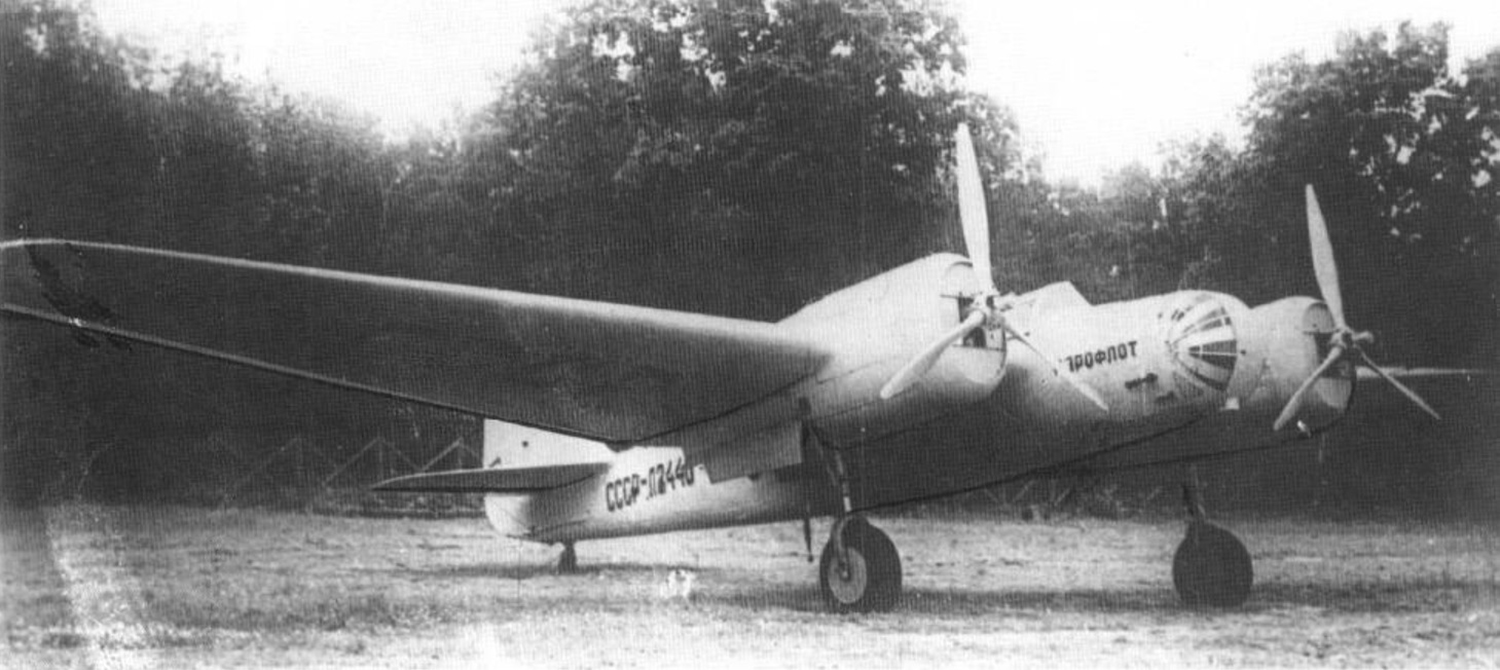Crash of an Antonov AN-2 in Eldari: 1 killed
Date & Time:
Mar 14, 1981 at 1230 LT
Registration:
CCCP-01867
Survivors:
Yes
Schedule:
Eldari - Eldari
MSN:
1 153 473 07
YOM:
1960
Crew on board:
2
Crew fatalities:
Pax on board:
4
Pax fatalities:
Other fatalities:
Total fatalities:
1
Aircraft flight hours:
9653
Aircraft flight cycles:
35750
Circumstances:
The crew was engaged in a spraying mission in the region of Eldari and arrived on March 13. No flight was scheduled on March 14 so the crew decided to perform engine tests. The captain asked the copilot to give up his seat to the mechanic for the purpose of the engine test run. Three unauthorized passengers from a local farm embarked and the captain decided to takeoff despite poor weather conditions (visibility below minimums). The single engine aircraft took off at 1228LT with flaps down at 20°. During initial climb, at a height of about 25-30 meters, the airplane entered a right turn then lost height and crashed in a field located 600 meters from the point of departure. A passenger was killed while five other occupants were injured.
Probable cause:
It was determined that the captain decided to initiate a local test flight without a copilot in poor weather conditions (fog down to 50 meters and horizontal visibility down to 300 meters) without prior permission and with unauthorized passengers on board. In limited visibility, the airplane banked to the right to an angle of 30° and an excessive correction from the pilot-in-command caused the aircraft to be uncontrollable, to lose height and to crash.

